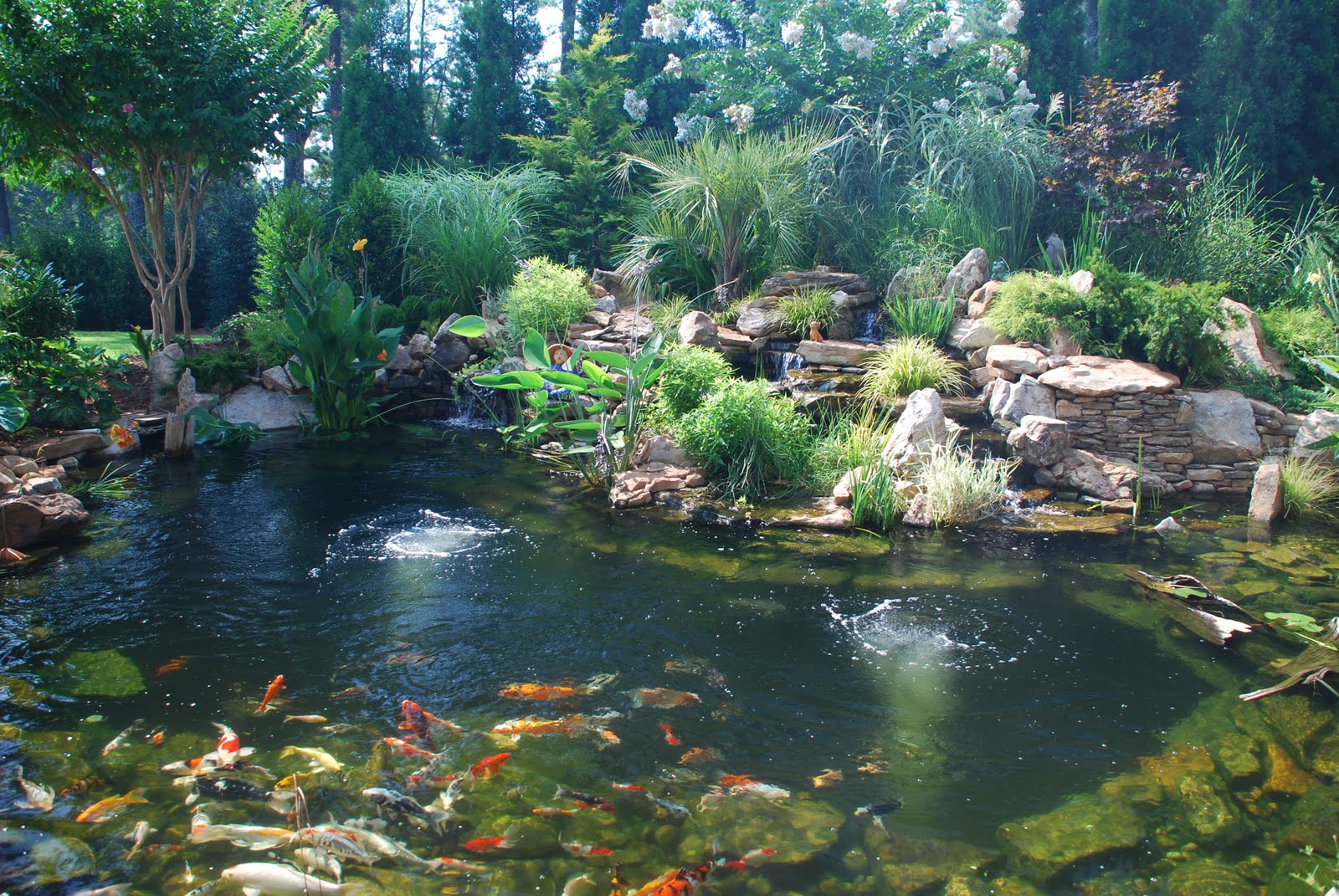The Ultimate Guide to Koi Pond Depth Minimum for a Healthy Pond
Introduction
Having a beautiful and healthy koi pond in your garden adds a special touch to your landscaping efforts. A koi pond can be a wonderful place to sit and relax, enjoying the sights and sounds of nature. However, to maintain a healthy pond and healthy koi, there are several important factors to consider. One important factor is the depth of the koi pond. In this article, we will discuss the koi pond depth minimum requirements, why it is important, and other factors that come into play when determining the minimum depth for your koi pond.
Why is Koi Pond Depth Minimum Important?
The depth of a koi pond is vital to the health and well-being of the koi and the pond. A pond that is too shallow can cause stress to the koi and can increase their risk for disease and parasites. A shallow pond can also make the pond more susceptible to temperature fluctuations, causing harm to the koi. On the other hand, a pond that is too deep can make it difficult to maintain and can lead to excessive costs for maintenance.
What is the Minimum Depth for a Koi Pond?
The minimum depth for a koi pond varies depending on the size of the koi. For small koi, the minimum depth should be at least 3 feet. For larger koi, the minimum depth should be at least 4 feet. A pond depth of at least 6 feet is ideal for any size of koi, as it provides a comfortable environment for the koi to move freely, hide from predators, and regulate their body temperature.
Factors to Consider When Determining the Minimum Depth
Besides the size of the koi, there are several other factors to consider when determining the minimum depth for your koi pond, including:
- Location and climate: If you live in an area with extreme temperatures, a deeper pond is recommended to better regulate the water temperature. If your pond is in a shaded area, it may be more prone to temperature fluctuations.
- Budget: A deeper pond requires greater excavation, liner, and pumps which can increase costs for installation and maintenance.
- Lighting: If you plan to add lighting to your pond, lighting can penetrate deeper water which can promote algae growth.
- Predators: A deeper pond can provide a better refuge for koi from predators like birds and raccoons.
Additional Tips for a Healthy Koi Pond
In addition to the pond depth, there are several other factors to consider when creating a healthy koi pond, including:
- Filtration system: A good filtration system is important to keep the water clean and clear.
- Aeration: Aerating the water can help provide oxygen to the koi and reduce harmful gases.
- Plants: Adding plants to the pond can help oxygenate the water, provide shade for the koi, and absorb excess nutrients that can otherwise promote algae growth.
- Water quality: Testing the water quality regularly can help you make sure that the water parameters are within optimal levels for koi health.
- Feeding: Feeding koi should be done several times a day in small amounts. Overfeeding can cause water quality issues.
Conclusion
Maintaining a healthy koi pond requires attention to several key factors, including pond depth. The minimum koi pond depth for small koi is at least 3 feet and for large koi is at least 4 feet. A pond depth of at least 6 feet is ideal to ensure the health and well-being of the koi and the pond. Other factors to consider when determining minimum depth include location, budget, lighting, and predators. By taking these factors into account and following additional tips for pond maintenance, you can enjoy a beautiful and healthy koi pond in your garden for years to come.









